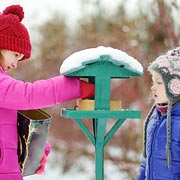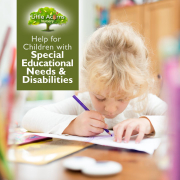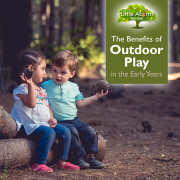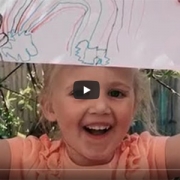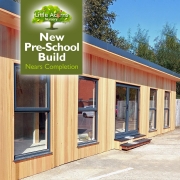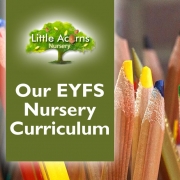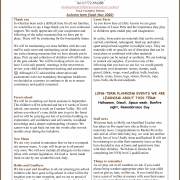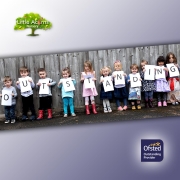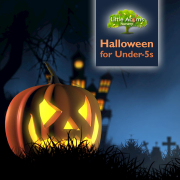Bird Feeding for Under-Fives
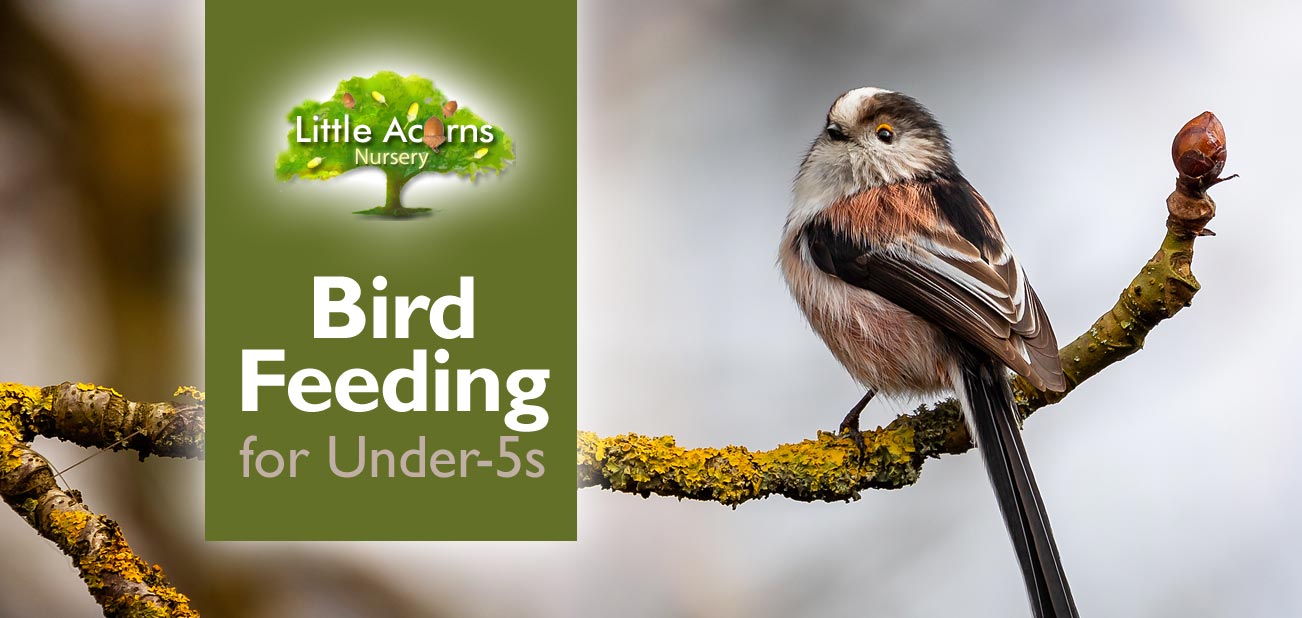
As autumn fades and winter begins in late December, wild birds struggle more to find food. Natural foods like insects, fruit, nectar, caterpillars and grubs are nowhere to be found. Even recently-abundant seeds have now dropped to the ground and are either buried or already eaten. With the colder temperatures, birds also need more food because they burn calories trying to stay warm. With all that in mind, we’ve been feeding our wild birds each day to keep them from going hungry. Today’s post explains how children and under-fives can also get involved in the rewarding activity of feeding wild birds.
Children Love Feeding Birds!
Feeding wild birds is something that children can definitely get involved in. It’s not only great for the birds, assuming it’s done properly of course, but it’s also a wonderful thing for children. If they keep it up, they’ll soon get to recognise the ‘regulars’ who will turn up each day. If they get used to a particular feeding time and place, some birds may even start to wait nearby once they begin to trust you and your child. That can take significant time, though, so children must learn to be patient (a great skill to have) and remain calm and quiet when wild animals and birds are nearby.
Good for Birds & Great for Children
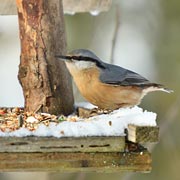 Providing food for birds is a win-win for everyone — humans and birds alike. Birds obviously get to eat much needed food without huge effort and children get to learn more about nature and perhaps individual bird visitors. (We even name our regulars! “Vern” is a tame blackbird, for example, having been named after a character in the famous movie Rain Man). By encouraging birds to visit, children will soon be able to recognise and name the different species of bird too, particularly if given some help from a parent or bird book. Visitors might include robins, blackbirds, blue tits, great tits, long-tailed tits (our favourite), thrushes, starlings and, if they’re lucky, more unusual, colourful birds like nuthatches, woodpeckers, bull finches and gold finches. As it gets colder, some species will travel to warmer countries to overwinter. For those that stay in the UK, however, food from a friendly young nature-lover will be a real lifeline.
Providing food for birds is a win-win for everyone — humans and birds alike. Birds obviously get to eat much needed food without huge effort and children get to learn more about nature and perhaps individual bird visitors. (We even name our regulars! “Vern” is a tame blackbird, for example, having been named after a character in the famous movie Rain Man). By encouraging birds to visit, children will soon be able to recognise and name the different species of bird too, particularly if given some help from a parent or bird book. Visitors might include robins, blackbirds, blue tits, great tits, long-tailed tits (our favourite), thrushes, starlings and, if they’re lucky, more unusual, colourful birds like nuthatches, woodpeckers, bull finches and gold finches. As it gets colder, some species will travel to warmer countries to overwinter. For those that stay in the UK, however, food from a friendly young nature-lover will be a real lifeline.
Learning to Appreciate Nature & Other Creatures
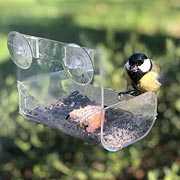 If children do get involved in feeding wild birds, they’ll soon begin to realise how delightful the little beings are. They each have their own character, likes and dislikes. Children will get to appreciate this if they keep up the feeding and the birds will soon realise where to find the food each day. Children will get to understand the importance of nature and learn skills like empathy, understanding and responsibility as they nurture the wellbeing of these beautiful wild visitors. Animals, birds and insects are all individuals and it’s good for children to recognise this. By feeding birds and other animals, they will also be able to continue to appreciate nature and the natural world, just like they do in our Forest School at Little Acorns Nursery School. Nature teaches children so much about the natural world as well as about themselves. It also makes them more aware of ecological issues and, as such, can make them more inclined to live a ‘greener’ life as they grow older. Learn more about the importance and benefits of nature to children in this recent post.
If children do get involved in feeding wild birds, they’ll soon begin to realise how delightful the little beings are. They each have their own character, likes and dislikes. Children will get to appreciate this if they keep up the feeding and the birds will soon realise where to find the food each day. Children will get to understand the importance of nature and learn skills like empathy, understanding and responsibility as they nurture the wellbeing of these beautiful wild visitors. Animals, birds and insects are all individuals and it’s good for children to recognise this. By feeding birds and other animals, they will also be able to continue to appreciate nature and the natural world, just like they do in our Forest School at Little Acorns Nursery School. Nature teaches children so much about the natural world as well as about themselves. It also makes them more aware of ecological issues and, as such, can make them more inclined to live a ‘greener’ life as they grow older. Learn more about the importance and benefits of nature to children in this recent post.
Bird Feeders & Bird Food
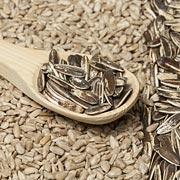 There are many bird feeders available to purchase in supermarkets and local shops, although we simply buy ours as part of our weekly online supermarket shop. Many are quite inexpensive. From fat balls and filled coconut shells, to seed cakes, hanging dispensers and pre-filled seed feeders, the variety available gives parents and children a huge choice. In our own garden, we have found that wild bird sunflower ‘hearts’ (the seed with the outer husk taken off) are incredibly popular at our bird table. The birds simply love those little sunflower seeds! (Actually, so do the squirrels). In equal first place is a pre-made, National Trust-branded hanging bird “cake”. Although it’s called Robin Peanut Cake, it’s a huge hit with many additional types of birds including several different types of tit and even some wonderful woodpeckers.
There are many bird feeders available to purchase in supermarkets and local shops, although we simply buy ours as part of our weekly online supermarket shop. Many are quite inexpensive. From fat balls and filled coconut shells, to seed cakes, hanging dispensers and pre-filled seed feeders, the variety available gives parents and children a huge choice. In our own garden, we have found that wild bird sunflower ‘hearts’ (the seed with the outer husk taken off) are incredibly popular at our bird table. The birds simply love those little sunflower seeds! (Actually, so do the squirrels). In equal first place is a pre-made, National Trust-branded hanging bird “cake”. Although it’s called Robin Peanut Cake, it’s a huge hit with many additional types of birds including several different types of tit and even some wonderful woodpeckers.
Making home-made bird feeders is another great option that’s both great fun and may save money. What’s more, it’s fun for both children and parents. There are lots of ways to make them and they need not cost much, if any, money. We cover ideas for home-made bird feeders for kids to make here.
What Else Can Children Feed Birds?
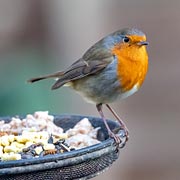 Grated Cheddar cheese (mild and in moderation) will be very popular. Robins, blackbirds, sparrows, starlings, pigeons and doves adore it! Mouldy or ‘blue’ cheese should be totally avoided, though, as the mould could harm or even kill birds. Meanwhile, bread will fill birds up but it doesn’t hold much nutritional value for them, so only feed bread to birds in moderation. It’s incredibly important not to feed them mouldy bread too, or for it to be left to go mouldy once outside. Mould can greatly harm or even kill birds.
Grated Cheddar cheese (mild and in moderation) will be very popular. Robins, blackbirds, sparrows, starlings, pigeons and doves adore it! Mouldy or ‘blue’ cheese should be totally avoided, though, as the mould could harm or even kill birds. Meanwhile, bread will fill birds up but it doesn’t hold much nutritional value for them, so only feed bread to birds in moderation. It’s incredibly important not to feed them mouldy bread too, or for it to be left to go mouldy once outside. Mould can greatly harm or even kill birds.
Some birds, including blackbirds, will also like finely-chopped apple although it’s a bit more hit-and-miss than the foods mentioned above, especially if those are available at the same time. With bird foods, including fruit, it’s also important to only put a quantity out that is going to be actually eaten, otherwise that too can become mouldy over time and, as such, dangerous to birds.
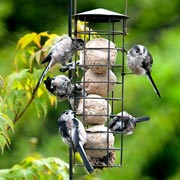 The RSPB provides a useful page about which foods are good (or bad) for birds here.
The RSPB provides a useful page about which foods are good (or bad) for birds here.
Where to Put Bird Feeders
It’s best to put bird feeders somewhere where they will be at least partly protected from above and below. Wild birds are particularly worried about possible attack from predators like cats from lower down near the ground, or birds of prey from above. For this reason, they are more likely to visit bird feeders that are located at least 5 feet (approximately 1.5 metres) off the ground while also offering some protection from above. Also ensure that feeders are not located close to anywhere that cats could hide and then ambush the birds, for example shrubs nearby. To protect from birds of prey, feeders would ideally be located beneath the canopy of a larger tree, or under an overhang from a roof or suchlike. That said, they also need to be within reach so that children or parents can refill them with bird food. This should usually all be possible even if you don’t have a garden. 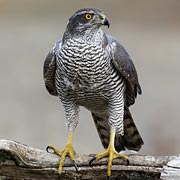 Window recesses, higher windowsills and balconies will usually offer some kind of suitable site for feeding birds. Careful choosing of the site for your bird feeders is an important consideration, however, which could make or break your feeder’s success and the wellbeing of the birds you are trying to help.
Window recesses, higher windowsills and balconies will usually offer some kind of suitable site for feeding birds. Careful choosing of the site for your bird feeders is an important consideration, however, which could make or break your feeder’s success and the wellbeing of the birds you are trying to help.
Don’t be discouraged if birds ignore your feeder initially. They are wild, nervous creatures that are under constant threat of attack from possible predators. For this reason, they will usually ignore anything ‘new’ initially, including your new bird feeder. Don’t worry, though; after a few hours or days, they’ll realise the bird feeder is safe and will be eating the bird food soon enough. It just takes a little patience while their trust is built up. More often than not it’s the smallest birds (like blue tits) that are the bravest first visitors! Once other birds see them eating safely, they’ll be more likely to join in.
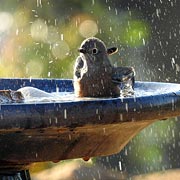 A Word About Hygiene for Your Family & the Birds
A Word About Hygiene for Your Family & the Birds
At time of writing, there is a nasty outbreak of avian (bird) flu and thousands of birds have been affected. Because of this, other diseases and harmful parasites like trichomoniasis, it’s incredibly important to maintain good hygiene in respect of bird feeders and anywhere food is left for them. Also, any water put out for birds to drink or bathe in should be regularly changed and the holding vessels cleaned. That’s all for the safety of both the birds and your family. The RSPB says:
“Everyone should take care to maintain good hygiene when feeding garden birds, regularly cleaning feeders … removing old bird food, spacing out feeders as much as possible, and washing your hands.”
More detail about the dangers of avian flu is available here and you can learn how to correctly clean bird feeders here.
Nature at Little Acorns Nursery’s Forest School, Chorley
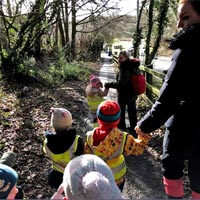
 At Little Acorns Nursery in Clayton-le-Woods, Chorley, we really encourage children when it comes to nature. Our outstanding Chorley Forest School is extremely popular with our under-fives. It gives them a really good insight into nature and the natural world and is also immense fun. It also helps them to discover so many things, including skills they didn’t even know they had. Check out our Ultimate Guide to Forest School to learn more about how it can benefit your child. We’d love you to get in touch if you’d like to ask any questions, book a visit to see the setting in person or to reserve a nursery place for your child:
At Little Acorns Nursery in Clayton-le-Woods, Chorley, we really encourage children when it comes to nature. Our outstanding Chorley Forest School is extremely popular with our under-fives. It gives them a really good insight into nature and the natural world and is also immense fun. It also helps them to discover so many things, including skills they didn’t even know they had. Check out our Ultimate Guide to Forest School to learn more about how it can benefit your child. We’d love you to get in touch if you’d like to ask any questions, book a visit to see the setting in person or to reserve a nursery place for your child:

